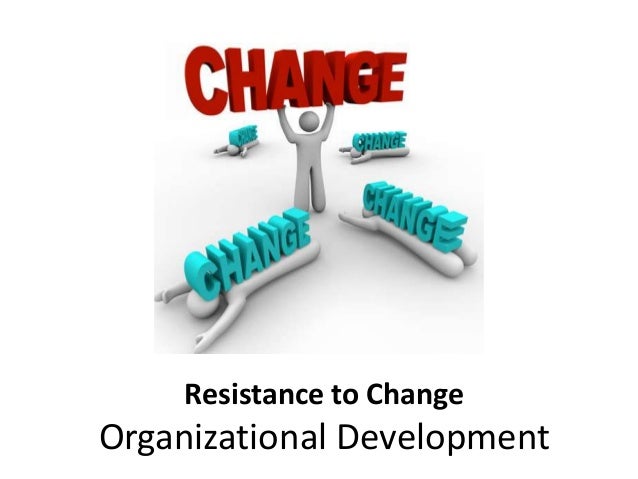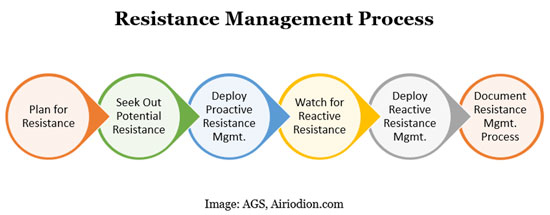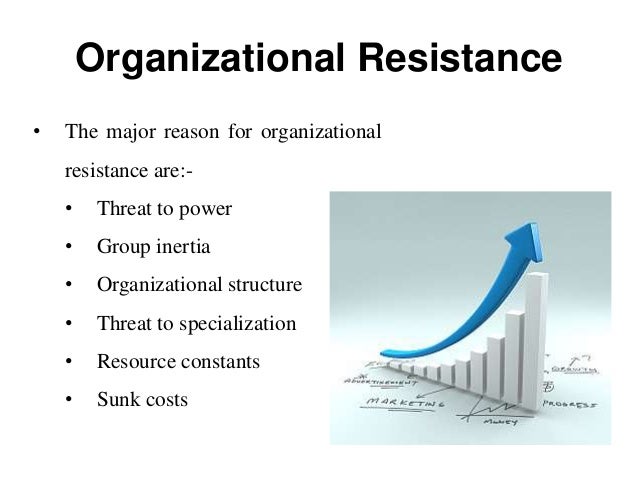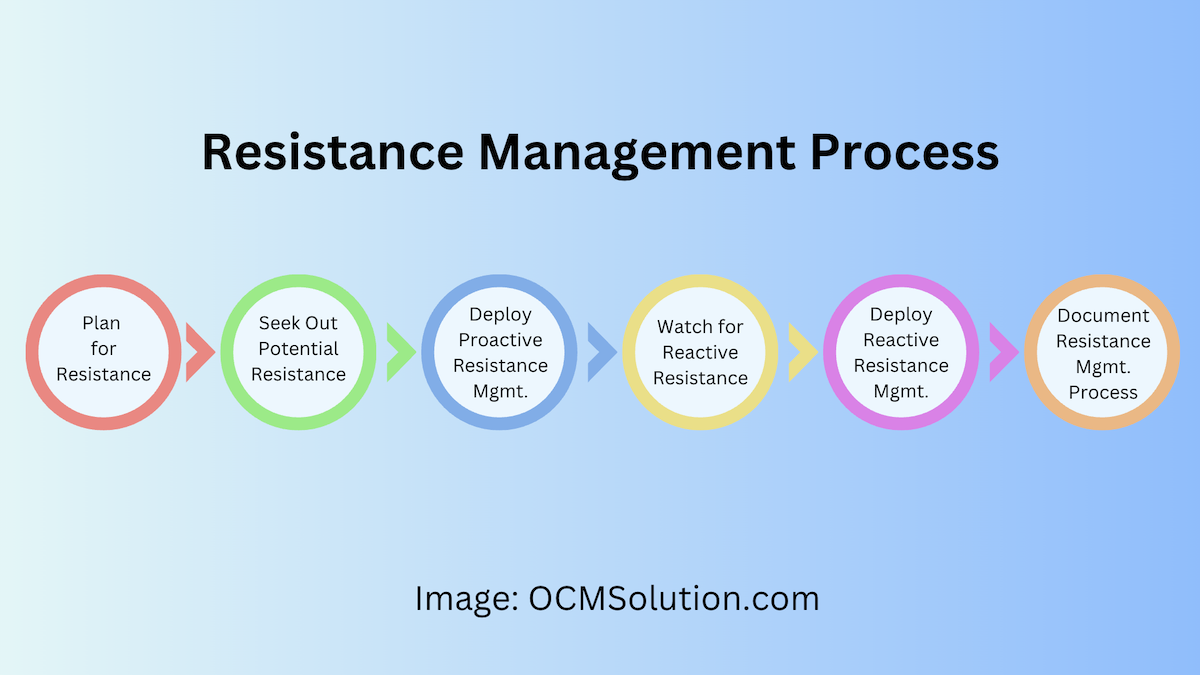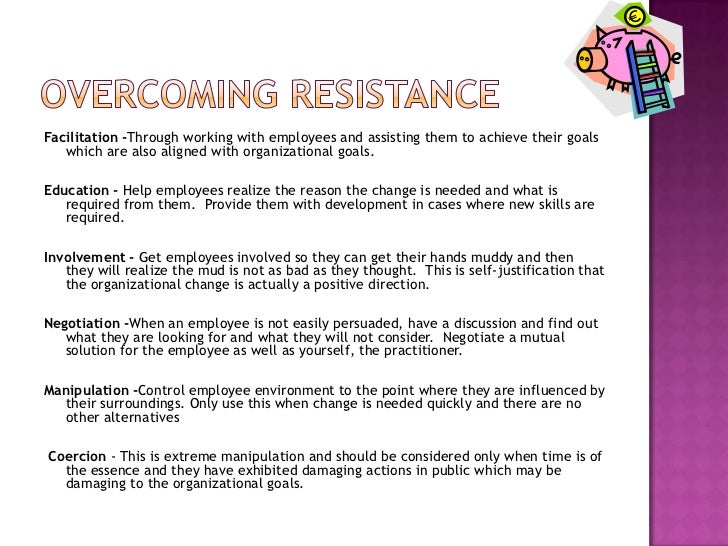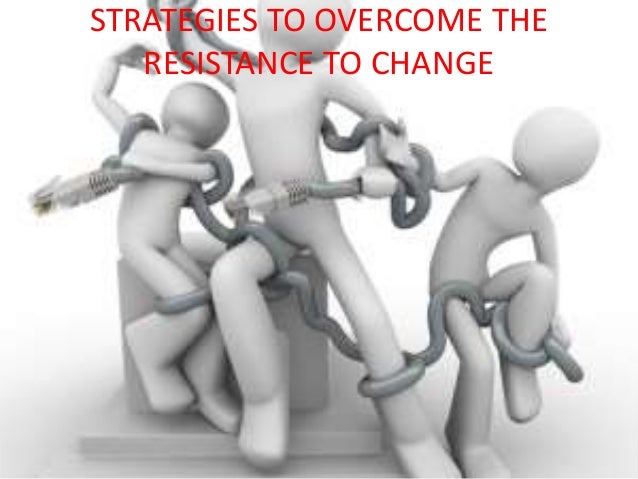How To Overcome Resistance To Change In An Organization

Organizations face a critical challenge: navigating change effectively. Resistance to new initiatives can cripple progress, demanding immediate and strategic action.
This article dissects the anatomy of resistance, providing actionable strategies to foster acceptance and drive successful organizational transformation. Understanding and addressing the root causes of resistance is paramount for any leader aiming to implement change smoothly.
Understanding the Roots of Resistance
Why do employees resist change? Fear of the unknown is a primary driver, fueling anxiety about job security and required skill sets. Loss of control is another significant factor; individuals often feel powerless when changes are imposed upon them.
Poor communication exacerbates these fears. Inadequate information leaves room for rumors and misinformation to spread like wildfire. A study by Prosci found that projects with excellent change management were six times more likely to meet objectives than those with poor change management.
Furthermore, a lack of trust in leadership breeds skepticism. If employees don't believe in the rationale behind the change or the competence of those leading it, resistance is inevitable. Remember that past failures can also contribute to a culture of resistance.
Strategies for Overcoming Resistance
Effective communication is the cornerstone of any successful change initiative. Transparency is crucial: clearly articulate the who, what, where, when, why, and how of the change. Hold regular meetings, create dedicated communication channels, and actively solicit feedback.
Involve employees in the decision-making process. When individuals feel heard and valued, they are more likely to embrace change. Create opportunities for participation through surveys, focus groups, and pilot programs.
Provide adequate training and support. Equip employees with the skills and knowledge they need to succeed in the new environment. Offer mentorship programs, workshops, and access to relevant resources.
Building Trust and Addressing Concerns
Building trust is essential for minimizing resistance. Leaders must demonstrate integrity, transparency, and empathy. Address concerns promptly and honestly, acknowledging the validity of employee feelings.
Highlight the benefits of change. Focus on how the changes will improve efficiency, create new opportunities, or enhance the work environment. Quantify the benefits whenever possible to provide concrete evidence.
Celebrate early wins. Acknowledge and reward employees who embrace change and contribute to its success. Positive reinforcement builds momentum and encourages others to follow suit.
The Role of Leadership
Leadership plays a critical role in driving change successfully. Leaders must be visible, engaged, and supportive. They must champion the change and communicate its importance effectively.
Leaders should also be role models, demonstrating the desired behaviors and attitudes. According to John Kotter's 8-Step Process for Leading Change, creating a sense of urgency is a crucial first step to get people moving towards a new vision.
Furthermore, leaders must be prepared to address resistance head-on. This requires active listening, empathy, and a willingness to compromise.
"Effective change management is not about dictating; it's about inspiring."
Next Steps
Organizations should conduct regular assessments to identify potential sources of resistance. Proactive monitoring allows for early intervention and prevents small issues from escalating into major problems. Implement feedback loops to continuously improve the change process.
Develop a comprehensive change management plan that addresses communication, training, and support. Tailor the plan to the specific needs and context of the organization. Review and revise the plan regularly to ensure its effectiveness.
By understanding the roots of resistance and implementing proactive strategies, organizations can overcome obstacles and drive successful change initiatives, ensuring long-term growth and sustainability.





